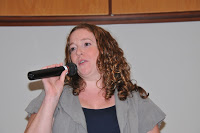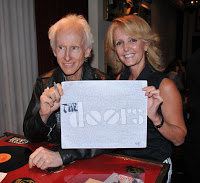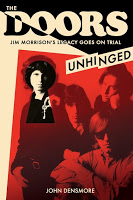Factor Products: How Factor is Made?
Safety and purity are considered along every step of the factor manufacturing process. For most factor concentrates, the manufacturing process has four basic steps:

1. Sourcing factor
2. Viral removal and inactivation
3. Purification
4. Final formulation
Sourcing Factor
Plasma-derived products come from human blood plasma. Plasma donors undergo strict screening for disease risk factors, and their plasma is tested for several viral diseases. Recombinant products are not derived from blood; they originate from genetically engineered mammalian cells containing the human gene for factor. Recombinants are produced in large bioreactors, with human and animal proteins used in the culture medium in first- and second-generation recombinant factor. Third-generation products contain no human or animal proteins in the culture medium or the final product. Fourth-generation products are made from human cell lines.
Although plasma-derived products potentially risk transmitting blood-borne viruses, all US factor products, whether plasma derived or recombinant, are considered safe by the FDA. (See last week’s blog on purity vs safety to learn more)
Viral Removal and Inactivation
These methods remove or inactivate most blood-borne viruses including HIV, hepatitis A, hepatitis B, and West Nile virus, making them noninfectious. But no viral inactivation method used on factor concentrate can inactivate all viruses. The two most common viral inactivation methods are heat treatment (pasteurization) and chemical
inactivation. Heat treatment involves exposing the factor to a high temperature for 30 minutes to 72 hours, depending on the method.
Chemical inactivation involves mixing the liquid factor in a tank with a solvent-detergent (SD) wash for four to six hours. SD viral inactivation is very effective against certain types of viruses, such as HIV and hepatitis B and C, but is ineffective against hepatitis A and some other viruses. Viruses are also removed by the purification process, especially
immunoaffinity (monoclonal) purification. Viruses can also be filtered from factor IX through a process called nanofiltration.
All plasma-derived products use one or more viral inactivation processes, and so do some recombinant products. Yet other recombinant products use no viral inactivation process. Why? The risk of viral contamination is only theoretical, because the product is not exposed to blood plasma.
Purification
This step separates the desired factor from unwanted viruses, proteins, and other foreign substances, to get the purest product containing only the factor you need. For example, when plasma is processed to make factor VIII concentrate, the serum may also contain von Willebrand factor (VWF), factor I, and other proteins. The higher the listed purity of a product, the fewer the unwanted proteins.
Monoclonal products have a higher purity than intermediate products. Recombinant concentrates have the highest purity of all products.
Final Formulation
Even if the viral inactivation and purification processes create a safe and highly pure product, the final formulation—the way a product is packaged and prepared for market—may alter it. In this final step, other components may be added into the concentrate. For example, albumin is added into the final formulation in the last manufacturing steps of first-generation recombinant products. Albumin helps to stabilize and bulk up the product.7 In second-generation recombinant factor, sugar is added in place of albumin at the final formulation step to stabilize the product. In third-generation products, sugar is added to stabilize the final product, and no human blood component or animal proteins are used in the culture medium.
Why would anyone intentionally choose a plasma-derived product instead of recombinant? After all, recombinant factor is the product recommended by NHF’s MASAC. Why choose an intermediate product and not an ultrapure one? Why inject anything other than the missing factor into your child?
For some people, it’s all about cost. Plasma-derived factor, especially intermediate purity, is less expensive than recombinant factor. People who have high out-of-pocket expenses need safe products, but may choose less expensive ones. Sometimes, the decision depends on the type of bleeding disorder being treated. For example, intermediate purity factor VIII products contain factor VIII combined with VWF (the way it’s naturally found in the blood) and are useful in treating von Willebrand disease.
When choosing your factor, always discuss options with your HTC! Use our factor product guide here, bring it with you, and ask what’s best for your loved one or you.







